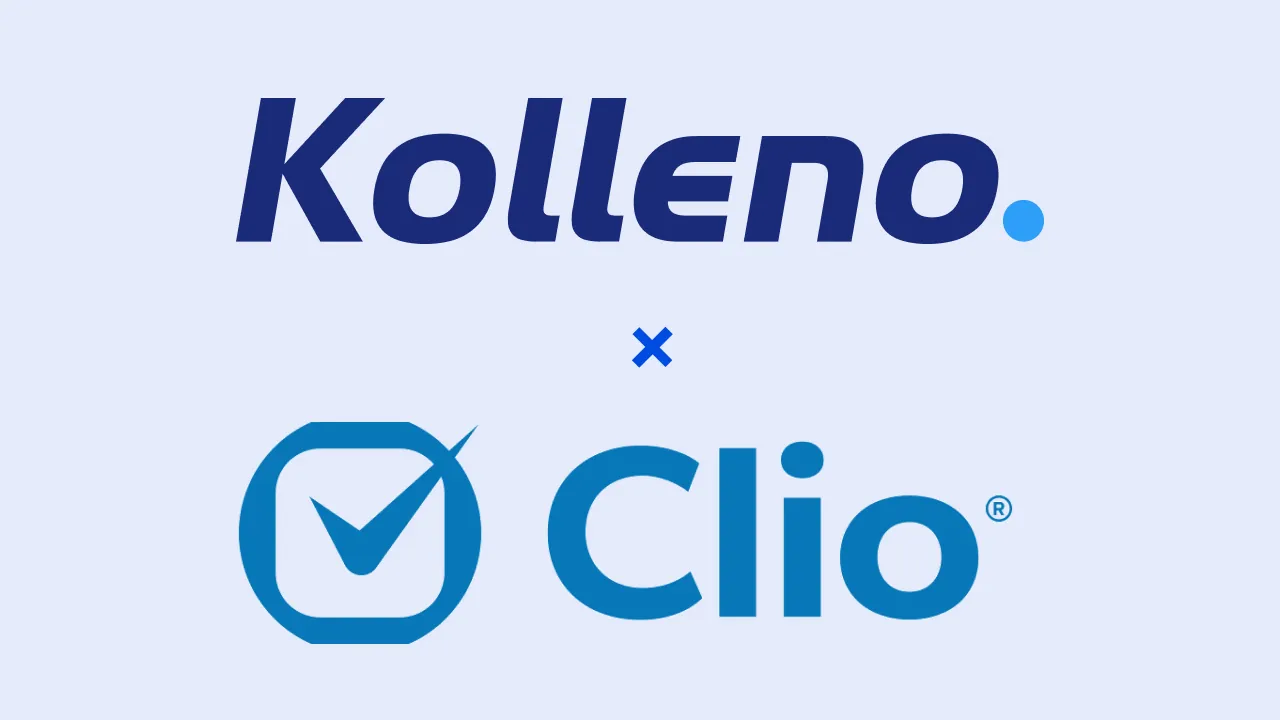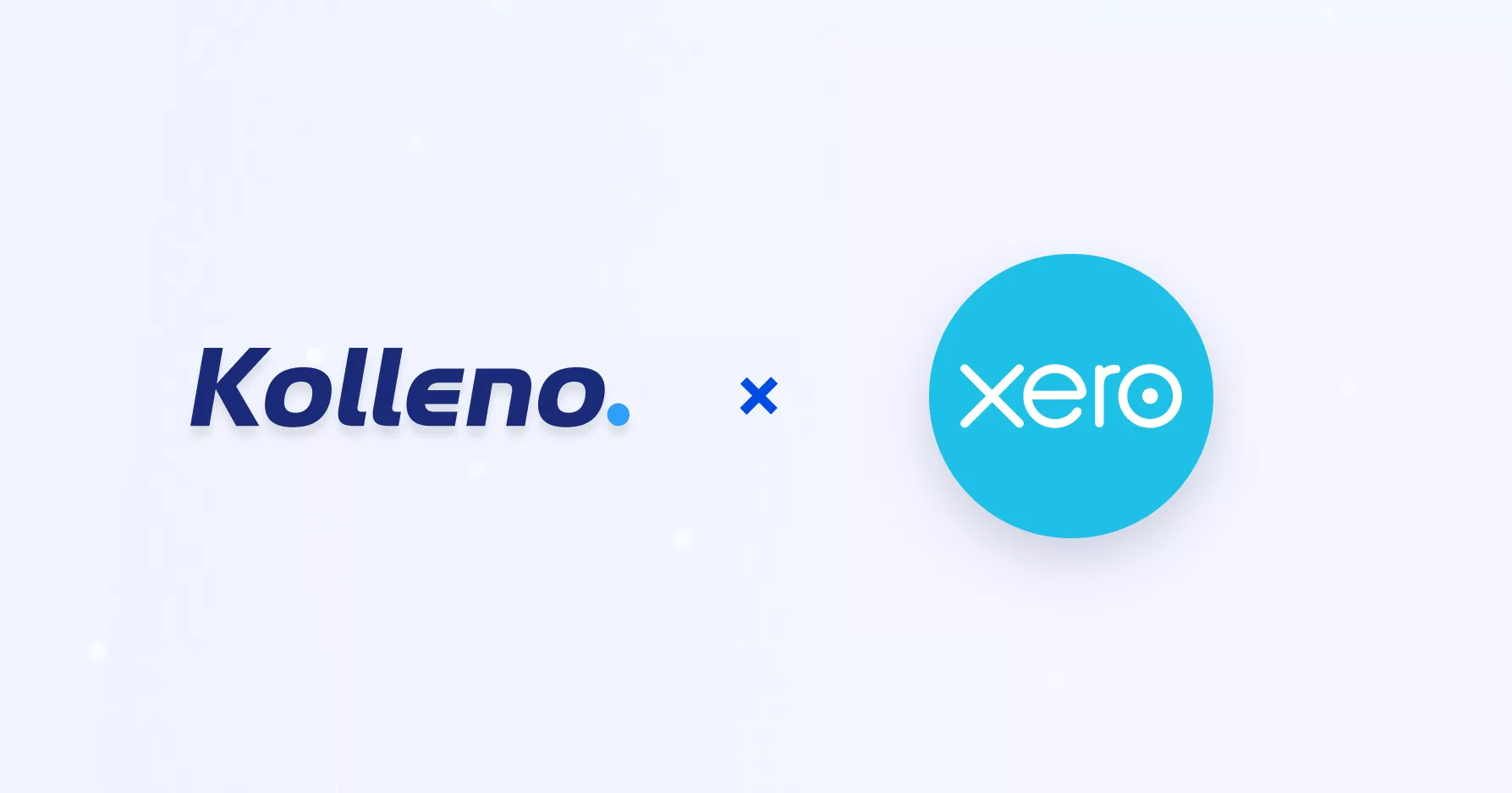Key Points
– Bank reconciliation is a process involving the matching of balances listed in a company’s bank statements with the corresponding data detailed in the firm’s accounting records for a cash account. In particular, the ultimate objective of the bank reconciliation procedure is to pinpoint any differences between the two documents, followed by making the necessary changes to the accounting records whenever necessary in order to ensure both sides are balanced.
– A bank reconciliation statement is a document summarising the business and banking activities involved in reconciling an organisation’s bank account. This summary details the withdrawals, deposits, and other relevant activities that may impact a bank account within a specific timeline.
– Bank reconciliation statements are often used to verify the proper processing of payments in addition to the successful deposition of the cash collections into the designated bank account. As a result, bank reconciliation statements are a practical resource for the internal financial control unit to prevent fraudulent transactions.
– The bank reconciliation statement must document every fee charged to a bank account.
– Once all the necessary adjustments have been made, the final cash balance on the bank reconciliation statement of an entity ought to be equal to the ending balance of the same entity’s bank account.
– In the majority of cases, an accountant would be the key person responsible for the processing of bank reconciliation statements at least once per month.
– As a best practice, a bank reconciliation exercise ought to be conducted at frequent intervals for each of the entity’s bank accounts to make sure that its cash records are always accurate. If not, the business might someday encounter a lower-than-expected cash balance and face hefty overdraft fees or even bounced cheques.
Regardless of how a business performs its bank reconciliation exercises, the firm is bound to encounter mysterious transactions occasionally. Nonetheless, this need not cause any panic as such an initiative is the key objective of preparing bank reconciliation statements. Still, the entire bank reconciliation statement drafting procedure may take ages as one would need to review tons of receipts, emails, invoices, and diary entries in order to identify potential mismatches. With that, adopting best practices such as the performance of bank reconciliation exercises monthly on top of establishing an automated system to streamline the searching of documents would vastly accelerate the process efficiency.
On that note, companies looking to upgrade their bank reconciliation capabilities should check out Kolleno, an all-in-one platform bringing together a firm’s communication, accounting, and payment systems to simplify the credit control workstream. In particular, the seamless integration of Kolleno’s application offers a 360° accounts receivable overview of a company’s financial activities for accountants, as well as the automatic reconciliation of invoice payments.
What is A Bank Reconciliation?
Bank reconciliation is the procedure involving the comparison of data detailed in cash books against the corresponding information documented on bank statements. The ultimate objective is to pinpoint any differences between these two documents, followed by making the appropriate amendments to the accounting accords.
As a general rule of thumb, a bank reconciliation statement for every bank account ought to be prepared at regular intervals to make sure that an organisation’s cash records are truthful. Otherwise, the company may encounter lower-than-anticipated cash balances or, in the worst cases, overdraft fees and bounced cheques. On that note, bank reconciliation exercises are also a practical approach for businesses to formulate improved corporate governance policies and internal controls over cash payments and receipts. Thus, this practice is constantly a non-negotiable for the Chief Financial Officer’s (CFO) office, given its role in governing the accuracy of an entity’s accounting records.
Why Should Businesses Prepare Bank Reconciliation Regularly?
By adopting the practice of performing bank reconciliation statements frequently, companies would be able to:
– Identify and amend errors within a firm’s books.
– Spot fraudulent transactions and suspicious payments early.
– Develop a more educated understanding of a company’s financial performance as a result of greater data availability.
– Receive tax breaks, whereby companies could classify certain expenses to be eligible for a tax deduction.
– Better prepare itself for the tax filing season, given that a comprehensive and reconciled record of business income and expenses is a necessity for firms to complete tax returns.
– Monitor a company’s profitability by utilising this opportunity to study how much money the cost of revenue truly made for the business.
Important Terminologies in the Bank Reconciliation Process
The main terminologies that companies need to be aware of when managing the bank reconciliation procedure include the following:
Deposit In Transit
A deposit in transit takes place whenever a deposit reaches the bank far too late for it to be documented on the day itself, whenever the organisation has not delivered the deposit at all, or if the deposit sent by the entity to the bank has yet to arrive for several days already. As a result, any cheques and/or cash that an entity has received and recorded but has not been noted down in the bank records within a designated period will become a reconciling item in the bank reconciliation statement.
NSF Cheques
An acronym for “not sufficient funds”, NSF cheques are essentially cheques that were not recognised by the issuing entity’s bank as its bank account does not have enough capital. Nevertheless, the entity issuing an NSF cheque will be charged a fee by its bank, whereas the entity trying to process an NSF cheque might still be charged a processing fee by the bank.
Outstanding Cheques
Payments are made via written cheques that have been documented by the issuing entity but have yet to have the cash deducted from the appropriate bank account. Should these cheques not be cleared by the bank at the end of the month, they will not be present in the bank statement at the end of the month. Thus, such outstanding cheques would be considered a reconciling item in the month-end bank reconciliation statement.
How is a Bank Reconciliation Statement Usually Prepared?
When preparing a bank reconciliation statement for the company, the internal finance department will have to:
– Cross-check the company’s bank statement against its general ledger.
– Add back any deposits in transit to the cash balance that was initially documented in the bank statement.
– Eliminate any outstanding cheques to obtain the latest bank cash balance.
– Add any interest earned as well as the number of notes receivable to the final cash balance of the company.
– Adjust the firm’s cash balance by subtracting all fines, NSF cheques, and/or bank service fees.
– Compare and contrast the two balances, followed by adding journal entries wherever appropriate.
An Example of a Bank Reconciliation Process
Company A noted an ending balance of US$500,000 in its records, but its bank statement revealed an ending balance of US$540,000. After conducting a thorough investigation, Company A discovered that a cheque issued by a vendor for US$20,000 had not been presented to the bank, on top of a US$20,000 deposit by a customer having been accidentally omitted from the entity’s books. Hence, Company A was able to make the necessary adjustments to its records by adding back the missing deposit and recording the cheque as an outstanding one.
Typical Challenges Associated with The Bank Reconciliation Procedure
The generation of a bank reconciliation statement is by no means spared from a continuous series of challenges. With that, the common types of difficulties arising from the bank reconciliation process include:
Having Delayed or Missed Reconciliations Due to A Manual Process
Having manual protocols may lead to inconsistent reconciliations that do not safeguard the proper syncing of all account balances within the entity. Other than that, manually logging into enterprise resource planning (ERP) as well as bank systems to match bank statements and the general ledger details is usually a time-consuming process prone to human errors. Consequently, such practices would usually never offer a clear overview of the company’s financial position.
Having Residual Cheques That Were Left Not Presented to The Bank
In most scenarios, companies are bound to encounter a residual number of cheques that were either never presented to the bank for payment or not presented for an extended duration. Thus, similar to managing uncleared cheques in the short run, the firm could record these residual cheques in their list of uncleared cheques with the intention of labelling them as ongoing reconciling items. On the contrary, over the long term, the company ought to contact the intended recipient to verify if they managed to receive the cheque, whereby it may need to issue a new version in case the previous one never arrived.
The Clearing of Cheques That Have Been Voided
In cases whereby the payee has a cheque that should have been voided, the company ought to ensure that the bank rejects the cheque upon presentation. However, if the cheque has been cashed by the bank, the entity ought to record the cheque by crediting the cash account, followed by noting down a debit to specify the reason for the payment. This is to prevent any accidental double payments in the future.
The Returning of Deposited Cheques
There have been situations in which the bank refuses to deposit a cheque because the money will be drawn from a foreign bank account. In such scenarios, the firm would need to reverse the original journal entry associated with that deposit by crediting the cash account to lower the cash balance alongside debiting the accounts receivable account.
Why Does the Bank Reconciliation Process Need to Be Automated?
All in all, employing an automated software solution to the preparation of bank reconciliation statements can significantly help to lower the frequency of errors associated with the data entry process. It greatly assists firms with rectifying, assuring, and preventing issues such as missing transactions, the misrepresentation of financial statements, fraudulent transactions, as well as unreconciled open entries that are found in the general ledger.
With that, a cloud-based bank reconciliation software may empower the company’s finance department to seamlessly compare the data within bank statements with its corresponding details in the firm ERP’s real-time general ledger. Moving forward, the financial professional could then sign these bank reconciliation statements electronically prior to submitting these documents to the designated reviewer for clearing. Once these steps have been completed, the information can then be saved within the database of the accounting software as an audit trail for long-term safekeeping. Additionally, automating the bank reconciliation process can help the finance department stay up to date on their company’s cash balance with perfect accuracy, all of which whilst also safeguarding positive staff motivation as such software relieves them from boring and repetitive manual tasks.
As a result, utilising a cloud-based accounting software to digitalise the preparation of bank reconciliation statements brings about several long-term benefits such as:
– An increased efficiency without the need for human intervention, except for very rare cases
– Time-saving as the work can be completed substantially quicker compared to the manual comparison of different spreadsheets.
– Greater confidence in the company’s accounts as a result of the high precision that automated solutions are able to offer
– Enhanced transparency in the company’s operations due to the bank reconciliation process providing a direct, high-level overview of all processed transactions alongside the visibility of the relevant people responsible for each task.
Having mentioned all of these, companies ought to consider working with a smart credit control platform called Kolleno. To briefly elaborate, Kolleno is an all-in-one platform that provides leading order-to-cash software for companies to combine all of their payment and accounts receivable modules into a centralised business database. As a result, the firm would be able to optimise its accounts receivable operations through the automated reconciliation of invoice payments altogether. Therefore, the organisation would be able to buy itself a lot more time to work on what it does best – growing the business to achieve greater heights.
Concluding Thoughts
In general, bank reconciliation statements serve as a practical check-and-balance tool to identify omissions, mistakes, and fraudulent practices. When performed regularly, these documents may aid companies in preventing problems before any severe damages start to compound inadvertently. Besides that, preparing bank reconciliation statements is also a straightforward and valuable procedure to help businesses manage their cash flows in a more effective manner.
Ideally speaking, companies ought to reconcile their bank statements every month or even as soon as these bank statements are produced in order to maximise their ability to spot errors early. On that note, firms could consider using accounting software like Kolleno to automate their manual accounting procedures. In specific, Kolleno is a smart credit control platform that provides a 360° view of a company’s customer base, thereby helping the business to streamline its reconciliation process.
Frequently Asked Questions (FAQs)
What is a Bank Reconciliation?
The bank reconciliation process is one involving the comparison of data recorded in the company’s cash books with the corresponding information listed in the firm’s bank statements. All in all, this is an essential process for the finance department to make sure that the company always maintains an accurate and reliable accounting record.
What Is a Journal Entry for Bank Reconciliation?
A journal entry is a record of all transactions relating to a business in a company’s accounting books. It is required during a bank reconciliation process whenever adjustments need to be made to the balance for a book as a result of items listed in the bank statement that have not been added to the firm’s general ledger accounts.
Why Is the Bank Reconciliation Procedure Important?
The bank reconciliation process is an essential protocol to help businesses spot issues that may impact their financial and tax reporting accuracy. Besides that, bank reconciliation is also a useful exercise to allow corporations to pinpoint and further avoid fraudulent cases.
How Often Should a Business Conduct a Bank Reconciliation?
Companies are typically advised to perform a bank reconciliation exercise for their bank statements every month or even as regularly as whenever bank statements have been generated to maximise the probability of identifying and amending complex transactions.
- Key Points
- What is A Bank Reconciliation?
- Why Should Businesses Prepare Bank Reconciliation Regularly?
- Important Terminologies in the Bank Reconciliation Process
- How is a Bank Reconciliation Statement Usually Prepared?
- An Example of a Bank Reconciliation Process
- Typical Challenges Associated with The Bank Reconciliation Procedure
- Why Does the Bank Reconciliation Process Need to Be Automated?
- Concluding Thoughts
- Frequently Asked Questions (FAQs)











